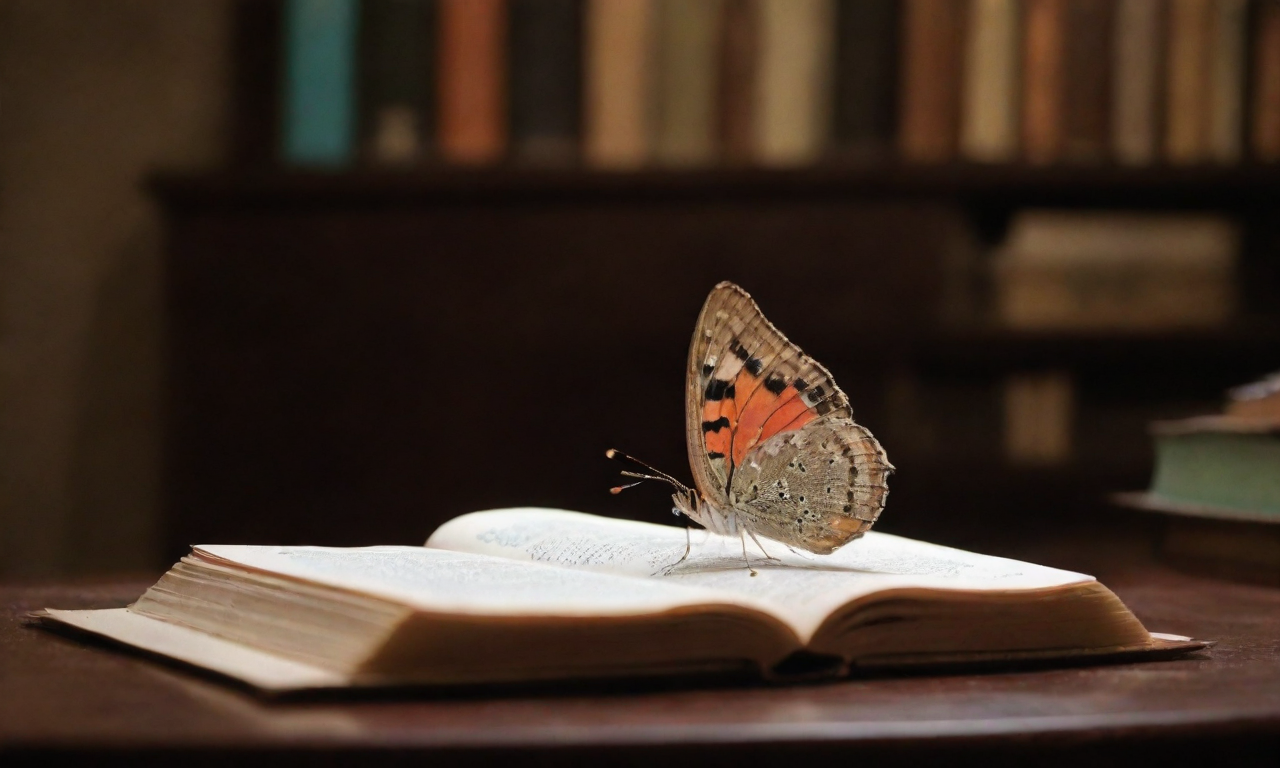The eagerly awaited Spring Festival holiday is here! We've prepared a cultural feast for the Lunar New Year of the Dragon, brimming with history and technology. There's something for everyone: from engaging offline exhibit visits to a colorful array of online films. Wishing all our readers a joyous Spring Festival and all the best in everything!
National Library's Fragrance of Books Welcomes the Year of the Dragon
Exhibiting the Vast and Time-Honored Dragon Culture
National Library's New Year Celebration Exhibition Panel Content. National Library provides graphics What special significance does the character "龙" (Dragon) hold for Chinese civilization, and even the broader East Asian cultural sphere? How did the character evolve from Oracle Bone script, Bronze Inscriptions, Small Seal script, Clerical Script, all the way to Regular Script? On February 2nd, on the Lunar Minor New Year's Day in the north, the "Whispers of the Dragon - The 2024 New Year Celebration Exhibition" kicked off on the second floor of the National Library's North Building. Visitors have the opportunity to delve into various aspects of the "dragon," a symbol of the Chinese nation, through the 'fragrance of books'. The New Year Celebration Exhibition is divided into five sections: "The Word Dragon," "The Form of the Dragon," "The Dragon in the Records," "Dragon Among People," and "Dragons in the Classics." "The Word Dragon" section presents the extensive history, significant cultural meaning, and impact of the character "龙" (Dragon); "The Form of the Dragon" showcases Neolithic jade dragons, turquoise dragon-shaped articles from the Xia dynasty, tiger-headed dragon-like images from the Shang dynasty, dragon-eared gui (vessels) from the Spring and Autumn period, Green Dragon tiles from the Han dynasty, "The Admonitions Scroll" from the Eastern Jin, bronze seated dragons from the Tang dynasty, Jingdezhen kiln blue glaze white dragon pattern dishes from the Yuan dynasty, ink stones with dragon patterns made by Sun Yuquan during the Ming dynasty, and other unearthed artifacts, daily utensils, and calligraphy and paintings. "The Dragon in the Records" introduces the calendars from the Qin and Han dynasties, annotated dates from Tang scrolls unearthed at Dunhuang, Time Constitution books from the Qing dynasty, and selects dragon year calendars from the National Library's collections of the Song, Ming, and Qing dynasties to thoroughly highlight their content, meaning, and value. "Dragon Among People" introduces nine renowned figures born in the Year of the Dragon, starting with the Eastern Han brothers Ban Gu and Ban Chao and ending with the modern figures Wu Changshuo and Miao Quansun. "Dragons in the Classics" draws on dragons recorded in historical classics through the ages, such as the "I Ching," "Classic of Mountains and Seas," "Records of the Grand Historian," "Romance of the Eastern and Western Jin," "Chronicles of Huaxia," and "After Journey to the West," to illustrate the profound cultural heritage of dragon lore. It's also worth noting that if visitors cannot make it to the venue, they have the option to visit the National Library's official website for a virtual tour. On February 2nd, the "National Library 2024 New Year Special Webpage" was officially launched. The content includes the aforementioned New Year A]]>







